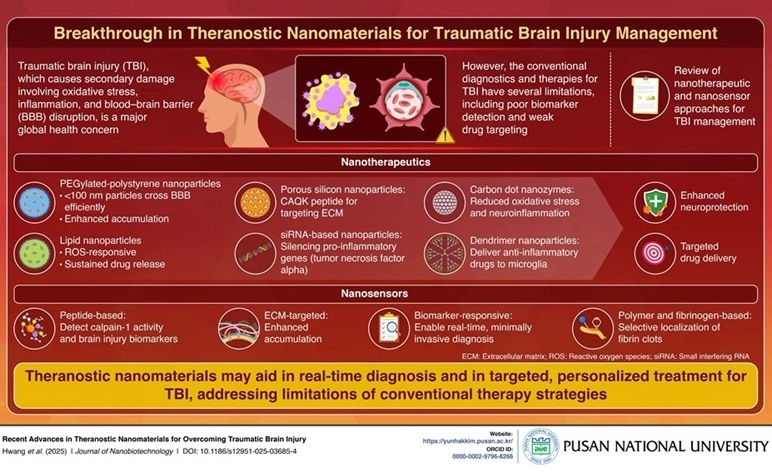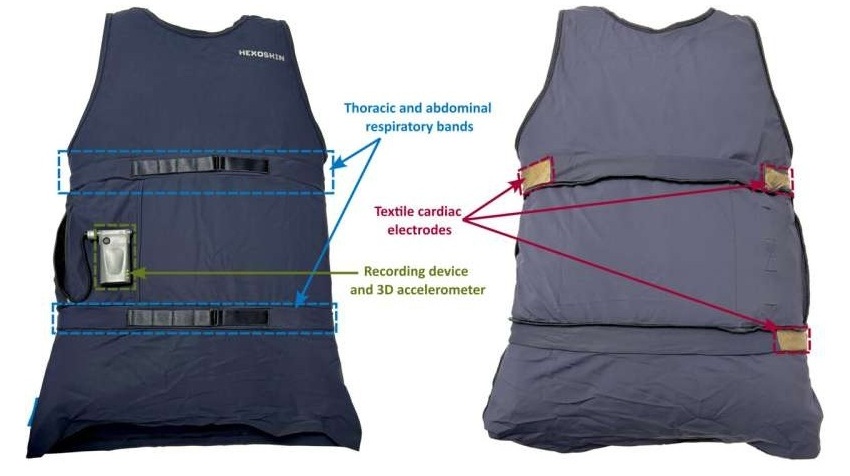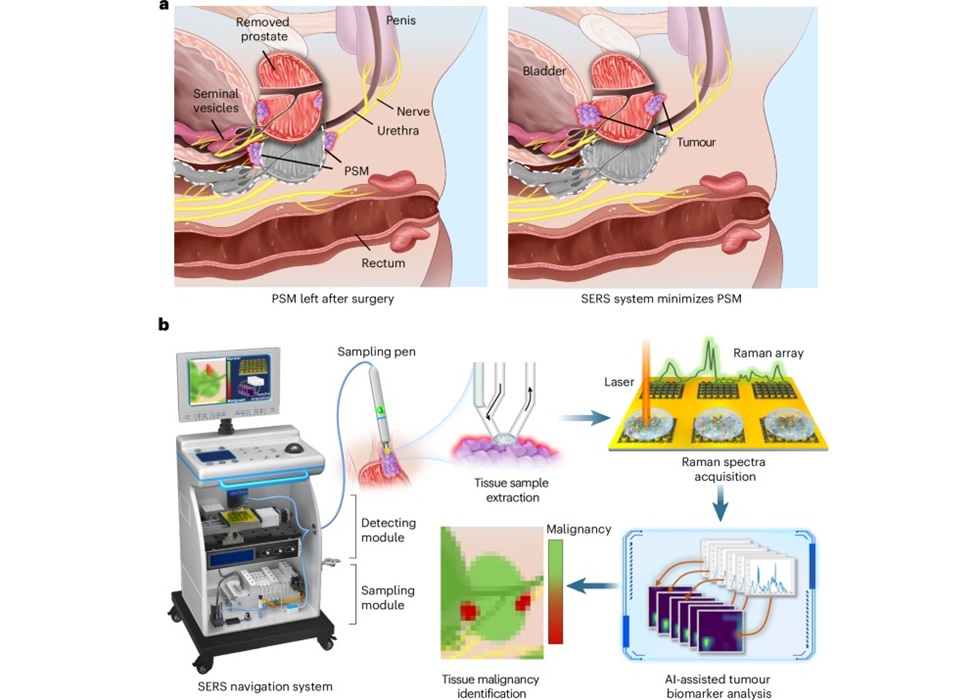New AACC Procalcitonin Testing Guidance to Improve Care for Patients with Bacterial Infections
|
By HospiMedica International staff writers Posted on 08 May 2023 |

Although procalcitonin tests have been employed in Europe for years, they were only introduced in the U.S. in 2017 when the FDA approved their use for guiding antibiotic treatment and predicting the likelihood of death within 28 days for sepsis patients. Given their recent arrival in the U.S., there remains uncertainty about the appropriate use of these tests, which are sometimes ordered in clinically inapplicable situations. To address this issue, new guidance offers a comprehensive analysis of procalcitonin research and its limitations, aiming to improve testing and treatment practices.
The American Association for Clinical Chemistry (AACC, Washington, DC, USA) has released expert guidance on procalcitonin testing, a blood marker used to detect severe bacterial infections and sepsis. This guidance aims to provide clarity for clinicians and laboratory professionals, enhancing the treatment of critically ill patients and those with specific lower respiratory infections. The document tackles key questions related to procalcitonin usage in managing adult, pediatric, and newborn patients with suspected sepsis and/or bacterial infections, especially those affecting the lower respiratory tract. It also examines the evidence for using these tests to inform antimicrobial treatment decisions and predict patient outcomes.
There is strong evidence supporting procalcitonin testing in guiding clinicians on when to discontinue antibiotic treatment in critically ill patients and those with certain lower respiratory tract infections. The AACC guidance suggests incorporating procalcitonin testing into comprehensive antimicrobial stewardship efforts, involving multidisciplinary teams. Some studies indicate that procalcitonin levels can also help determine when to stop antibiotics in newborns and pediatric patients with suspected sepsis who exhibit clinical improvement. However, the guidance authors believe these studies are insufficient in size to establish standard levels applicable across pediatric populations, given that procalcitonin reference intervals were established for adults. Consequently, if procalcitonin testing is used for these groups, it is important to define pediatric reference intervals or interpretive criteria.
Despite the FDA's approval of procalcitonin tests for predicting 28-day mortality risk in sepsis patients, the guidance does not recommend their routine use for this purpose. This is due to inconsistent procalcitonin cut-offs and clearance parameters, as well as a lack of substantial evidence demonstrating the benefit of estimating 28-day mortality risk for patients with sepsis and lower respiratory tract infections.
"Improved outcomes from [procalcitonin] implementation are more likely to be realized when the test is used in conjunction with antimicrobial stewardship programs, institutional interpretive algorithms, and clinical decision support tools," said the guidance document authors Drs. Allison B. Chambliss, Khushbu Patel, Jessica M. Colón-Franco, Joshua Hayden, Sophie E. Katz, Emi Minejima, and Alison Woodworth. "Successful implementation of clinical [procalcitonin] requires a multidisciplinary effort among laboratorians, pharmacists, and infectious disease providers."
Latest Critical Care News
- Magnetically Guided Microrobots to Enable Targeted Drug Delivery

- Smart Nanomaterials Detect and Treat Traumatic Brain Injuries Simultaneously
- Earlier Blood Transfusion Could Reduce Heart Failure and Arrhythmia in Heart Disease Patients
- 'Smart' Shirt Detects Epileptic Seizures in Real Time
- Skin Patch Measures Effectiveness of Flu/COVID Vaccines in 10 Minutes
- Complete Revascularization Reduces Risk of Death from Cardiovascular Causes
- Tiny Fish-Inspired Robots Navigate Through Body to Deliver Targeted Drug Therapy
- Coronary Artery Stenosis Could Protect Patients from Pulmonary Embolism Effects
- Sweat-Powered Sticker Turns Drinking Cup into Health Sensor
- Skin-Mounted 3D Microfluidic Device Analyzes Sweat for Real-Time Health Assessment
- New Therapeutic Brain Implants to Eliminate Need for Surgery
- Stem Cell Patch Gently Heals Damaged Hearts Without Open-Heart Surgery
- Biomaterial Vaccines to Make Implanted Orthopedic Devices Safer
- Deep Learning Model Predicts Sepsis Patients Likely to Benefit from Steroid Treatment
- Programmable Drug-Delivery Patch Promotes Healing and Regrowth After Heart Attack
- Breakthrough Ultrasound Technology Measures Blood Viscosity in Real Time
Channels
Critical Care
view channel
Magnetically Guided Microrobots to Enable Targeted Drug Delivery
Stroke affects 12 million people globally each year, often causing death or lasting disability. Current treatment relies on systemic administration of clot-dissolving drugs, which circulate throughout... Read more
Smart Nanomaterials Detect and Treat Traumatic Brain Injuries Simultaneously
Traumatic brain injury (TBI) continues to leave millions with long-term disabilities every year. After a sudden impact from a fall, collision, or accident, the brain undergoes inflammation, oxidative stress,... Read more
Earlier Blood Transfusion Could Reduce Heart Failure and Arrhythmia in Heart Disease Patients
Blood loss during or after surgery can place significant stress on people with heart disease, increasing the risk of dangerous complications. Transfusions are often delayed until hemoglobin levels fall... Read moreSurgical Techniques
view channel
New Study Findings Could Halve Number of Stent Procedures
When a coronary artery becomes acutely blocked during a heart attack, opening it immediately is essential to prevent irreversible damage. However, many patients also have other narrowed vessels that appear... Read more
Breakthrough Surgical Device Redefines Hip Arthroscopy
Hip arthroscopy has surged in popularity, yet surgeons still face major mechanical constraints when navigating deep joint spaces through traditional cannulas. Limited tool mobility and the need for an... Read morePatient Care
view channel
Revolutionary Automatic IV-Line Flushing Device to Enhance Infusion Care
More than 80% of in-hospital patients receive intravenous (IV) therapy. Every dose of IV medicine delivered in a small volume (<250 mL) infusion bag should be followed by subsequent flushing to ensure... Read more
VR Training Tool Combats Contamination of Portable Medical Equipment
Healthcare-associated infections (HAIs) impact one in every 31 patients, cause nearly 100,000 deaths each year, and cost USD 28.4 billion in direct medical expenses. Notably, up to 75% of these infections... Read more
Portable Biosensor Platform to Reduce Hospital-Acquired Infections
Approximately 4 million patients in the European Union acquire healthcare-associated infections (HAIs) or nosocomial infections each year, with around 37,000 deaths directly resulting from these infections,... Read moreFirst-Of-Its-Kind Portable Germicidal Light Technology Disinfects High-Touch Clinical Surfaces in Seconds
Reducing healthcare-acquired infections (HAIs) remains a pressing issue within global healthcare systems. In the United States alone, 1.7 million patients contract HAIs annually, leading to approximately... Read moreHealth IT
view channel
EMR-Based Tool Predicts Graft Failure After Kidney Transplant
Kidney transplantation offers patients with end-stage kidney disease longer survival and better quality of life than dialysis, yet graft failure remains a major challenge. Although a successful transplant... Read more
Printable Molecule-Selective Nanoparticles Enable Mass Production of Wearable Biosensors
The future of medicine is likely to focus on the personalization of healthcare—understanding exactly what an individual requires and delivering the appropriate combination of nutrients, metabolites, and... Read moreBusiness
view channel
Philips and Masimo Partner to Advance Patient Monitoring Measurement Technologies
Royal Philips (Amsterdam, Netherlands) and Masimo (Irvine, California, USA) have renewed their multi-year strategic collaboration, combining Philips’ expertise in patient monitoring with Masimo’s noninvasive... Read more
B. Braun Acquires Digital Microsurgery Company True Digital Surgery
The high-end microsurgery market in neurosurgery, spine, and ENT is undergoing a significant transformation. Traditional analog microscopes are giving way to digital exoscopes, which provide improved visualization,... Read more
CMEF 2025 to Promote Holistic and High-Quality Development of Medical and Health Industry
The 92nd China International Medical Equipment Fair (CMEF 2025) Autumn Exhibition is scheduled to be held from September 26 to 29 at the China Import and Export Fair Complex (Canton Fair Complex) in Guangzhou.... Read more















